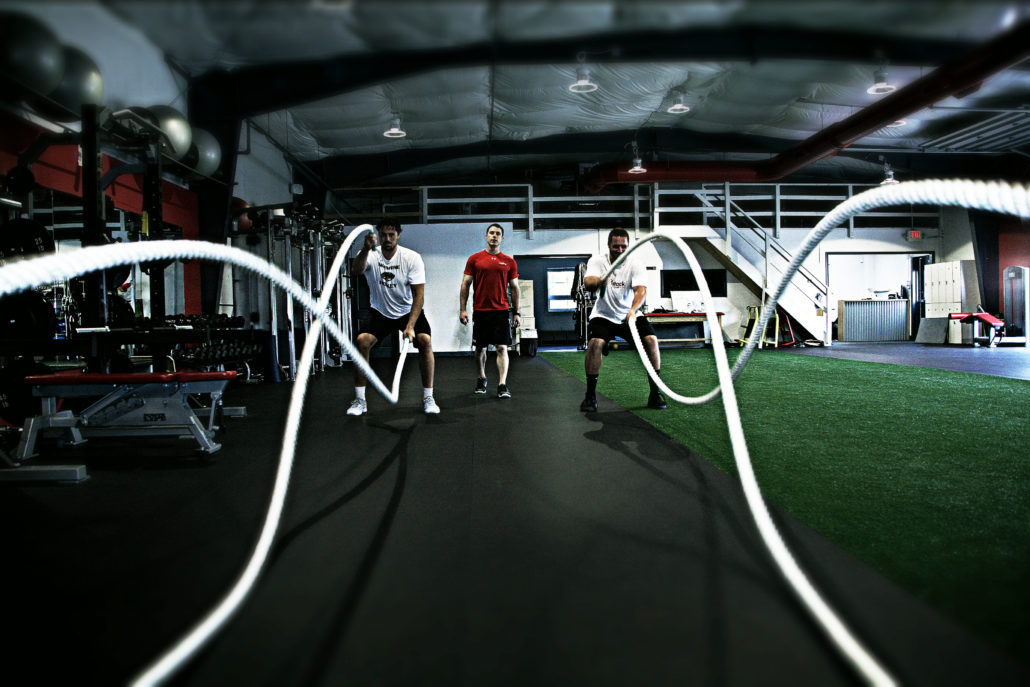HIIT – High Intensity Interval Training
A HIIT workout, according to ACSM (American College of Sports Medicine), involves “short bursts of high-intensity bouts of exercise followed by a short period of rest.” They’re usually 30 minutes or less, though they can be longer. But the main point is to get a quick and efficient workout. We’ll discuss some advantages and disadvantages of HIIT sessions.
Advantages of HIIT
> Variable heart rate training – higher and lower zones are trained simultaneously
> EPOC – excess post-exercise oxygen consumption (https://www.acefitness.org/education-and-resources/professional/expert-articles/5008/7-things-to-know-about-excess-post-exercise-oxygen-consumption-epoc) amplified
> Full body functional exercises – large movements that in-turn increase metabolic demand
> Endorphin charge – you’ll feel the elevated endorphin buzz for good duration post exercise
> Variability – generally HIIT provide diverse exercises to break up monotony that can sometimes be present with exercise that is systematic
> Efficiency – a lot can get done in a little bit of time
Disadvantages of HIIT
> HIGH intensity – when intensity rises technique suffers. This is evident within seconds of performing an exercise
> Complex movements – unknowingly complicated movements are favored because they “burn” more calories, increase metabolic demand, and make you sweat more…these are seen as the priorities from exercise.
> Past-injury history is ignored = more severe injury potential is destined
> Current medical history is ignored = severe injury or even death could result
> Movement quality lacking = areas of inflexibility or lack of mobility are unknown and as such injury patterns and compensations are developed leading to eventual injury
Instructors undereducated – classes are generally taught by folks that do not have formal education in biomechanics or exercise physiology. Thus optimal movement or performance of an exercise or proper adaptation to exercise is sacrificed and injury is eminent as are lack of real results.
> $$$ cost-effectiveness = an unbalanced approached that is focused on the inexpensive price of a program versus the quality. Value should always be a concern but your long-term health should not be the price you pay for short-term savings.
Considerations
Carefully consider whether HIIT is the best approach for you with the understanding that most of us in America do not move well. We’re not “functionally” flexible, we’re not as mobile as we should be and we aim to move more resistance instead of improving the quality by which we move. Most of us will ignore these cautions or feel that they’re more ready than they are or that they’ll be just fine. The incidences of injury in America for those who exercise is rising rapidly…think about that.
For most of us increasing the number or reps we perform with “control” should supersede more resistance. Consider a balanced blending of a custom program created by an expert and HIIT classes. This approach could get you personal instruction you need arming you with some knowledge on things to be mindful of when you’re in a HIIT class. You’ll get the best of both worlds and limit the expenses paid for individual instruction all the time.
In closing don’t sacrifice your long-term health for “perceived” short-term results…the primary reasons most of us exercise is for longevity and higher quality of life.

